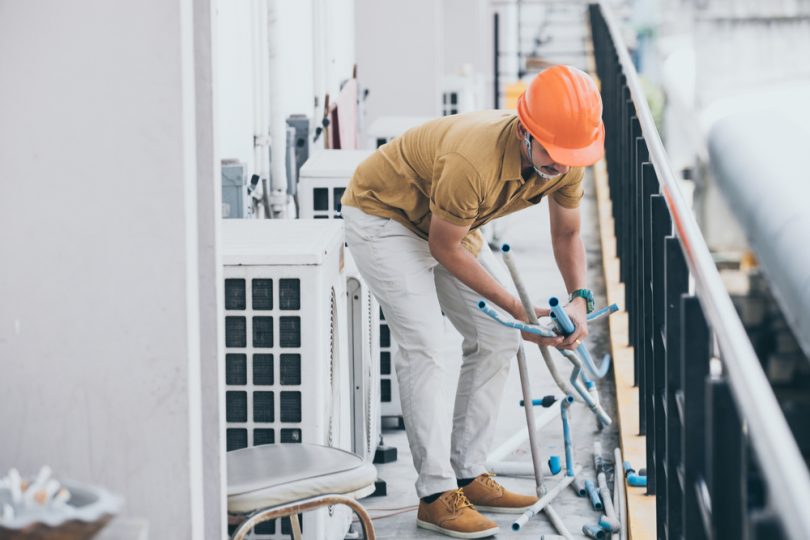Singapore, 28 May 2021 – COVID-19 is mainly transmitted through respiratory droplets from an infected individual to those around them. This risk is higher when there is prolonged contact, especially in enclosed environments with limited airflow and poor ventilation. The Building and Construction Authority (BCA), the National Environment Agency (NEA) and the Ministry of Health (MOH) have released the updated Guidance Note to further reduce the risk of transmission.
In addition to good hygiene practices, good ventilation will prevent the accumulation of any virus aerosols in the air, and thus further reduce the risk of exposure to the virus. Home ventilation can be improved by opening windows. Where practicable, doors too can also be kept open, especially when there are guests present.
Read: Optimising airborne infection control through ventilation design
In non-residential indoor spaces, good ventilation and the regular disinfection of high touch points should supplement existing safe distancing measures, to reduce occupants or visitors’ risk of exposure to COVID-19.
Public transport, such as trains and buses, are well-ventilated through mechanical and/or natural fresh air intake. The ventilation systems, combined with stepped-up cleaning and disinfection regimes—as well as commuters’ observing the strict discipline of wearing good efficiency masks and not talking—will minimise commuters’ exposure to the virus.
The BCA, NEA and MOH have updated the technical Guidance Note to building owners and facilities managers on improving ventilation and indoor air quality in buildings, taking into account the latest COVID-19 situation. The Guidance Note, first published in May 2020, provides guidance to building owners and facilities managers to implement good ventilation in indoor spaces. It applies to non-residential premises where air-conditioning is used, as well as to naturally ventilated premises, with the exception of specialised premises such as factory production areas, hospitals, polyclinics, and laboratories where setting-specific rules apply.
Read: COVID-19 is proving the wisdom of healthcare design: What more can we learn?
The Guidance Note provides detailed technical recommendations for premises according to the type of ventilation system used. These are based on the principle of maximising fresh air intake, and the appropriate cleaning of recirculated air. All building managers and facilities’ managers are strongly encouraged to follow the recommendations and to maintain a healthy indoor environment to minimise the risk of COVID-19 transmission. The guidance note is available on the BCA website.
– Construction+ Online
Source: BCA

 Malaysia
Malaysia Hong Kong
Hong Kong Indonesia
Indonesia Tiếng Việt
Tiếng Việt ประเทศไทย
ประเทศไทย










